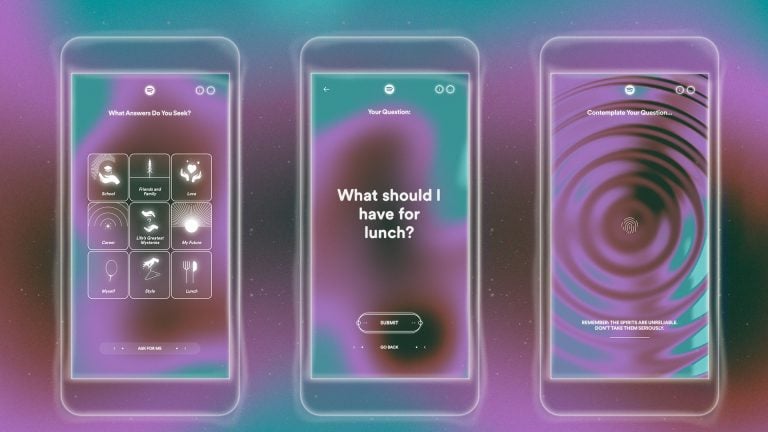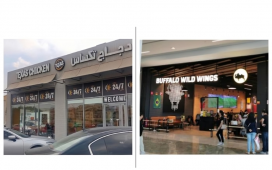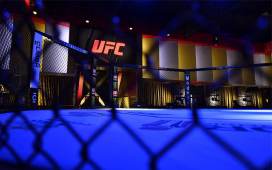
Look up the term ‘gimmick’ in the dictionary, and you’ll see it’s a ‘trick,’ a mean ‘scheme,’ something entirely unserious and lazy. But in marcomms, it’s as much a concrete stratagem as a useful device to catch attention – a rare commodity in an era of blink-and-it’s-gone attention spans.
Earlier this year, Spotify released a ‘Song Psychic’ feature that allows you to ask the app life-related questions and get the answer in the form of a song title. Example: ‘What should I eat today?’ Answer: ‘Watermelon Sugar’ by Harry Styles. The song version of a Magic 8 Ball.

Does it add any real value to the services? No. Is it necessary? Not at all. Is it a fun, attention-grabbing novelty? Absolutely. And that’s the whole point – welcome to the world of the gimmick. Part PR Stunt, part attention-grabbing promotion, it has no real reason for existing other than to get you talking. The word ‘gimmick’ may have a bad rep, but it’s a harmless practice and a valuable promotional tool if used correctly. It can even be pretty intelligent.
One of the most famous marketing gimmicks of all time was Tourism Queensland’s advertisement for the ‘Best Job in the World’ – a six-month dream job for a Caretaker of the Islands of the Great Barrier Reef, and their subsequent search for the winner. The multi-award-winning campaign raised Queensland’s profile and attracted 35,000 applications from over 200 countries, while the winner went on to field 450 media interviews including Oprah Winfrey.
This reminds me of Yas Island’s brilliant campaign utilising the fictional job title of CIO (Chief Island Officer), a role taken on by celebs Kevin Hart, Jason Momoa and Ryan Reynolds over the past three years, creating a platform to showcase the island’s offerings in funny and interesting ways.
One of the core principles of gimmick marketing is that it must be unconventional and harmless. Business guru Steven Bartlett calls it Useless Absurdity, and references how his decision to put a big blue slide in the office of his marketing agency made a bigger buzz than their actual work – earning them unprecedented media attention and a reputation as the coolest workplace in London.
Gimmicks are not just for mass brands; they are prevalent in the luxury sector too. Ten years ago, Hermès released the famous Himalayan Crocodile Birkin bag, fetching a price of $432,000 and the title of most expensive Birkin ever. For a $13.4 billion euros brand like Hermes, this price is negligible when it comes to their bottom line, however the media fanfare around it reinforced their reputation as the ultimate purveyor of luxury items.
Gimmick marketing can be used anywhere if you have the right creative idea. One of my favourite examples was when Billie Eilish recently added all her followers to her ‘close friends’ list on Instagram.

Fans suddenly saw her stories with the green border around them as she shared a new tattoo and cover art from her latest album.
This moment of delirious excitement turned out to be a promotional strategy for her new release, but the gimmick made headlines all over the world and got her 113 million followers in a social media frenzy.
Of course, there’s always a caveat. Communicators should be careful not to toy with brand values, nor hijack sensitive moments such as wars, tragedies, medical emergencies, etc. They need to avoid clickbait or disingenuous tactics in areas like sustainability or gender equality.
The number one rule is fun – if your gimmick doesn’t make people smile, it’s probably not worth doing. Some areas to explore include special edition product packaging, unexpected influencer endorsements, temporary changes to brand colours, or celebrating unique occasions such as ‘National Lazy Day’ (August 10th, tomorrow, in case you’re wondering!).
Alexandra Richards is a Senior Account Manager at Gambit Communications, and the winner of the MENA Young Lions gold medal for 2024.











